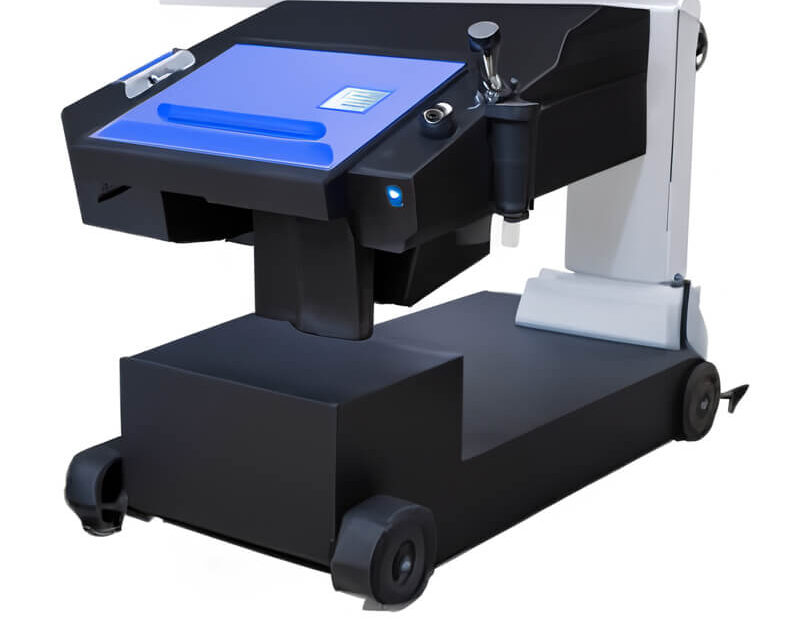
5 Essentials In Flexo Platemaking That Beginners Must Know
Flexography, commonly referred to as ‘flexo’, is a popular method of printing that uses a flexible plate to imprint on almost any type of substrate including plastic, metallic films, cellophane, and paper. Platemaking, the process of producing these plates, is an integral part of flexographic printing. For beginners diving into the world of flexo platemaking, there are essential factors to grasp. Here are the five crucial elements beginners should understand:
-
Material Selection:
The first step in platemaking is choosing the right plate material. Photopolymer plates are the most commonly used in flexography. They come in varying degrees of hardness and thickness, and each has its own distinct set of characteristics suitable for different applications. Hard plates are best suited for jobs requiring fine details while soft plates are good for jobs requiring better ink transfer and coverage.
-
Exposure Process:
Photopolymer plates require exposure to UV light to harden. This is how the image or design is transferred to the plate. Proper exposure ensures adequate plate floor height, good dot reproduction and properly hardened plates that resist wear and tear during printing. The exposure process involves both ‘back exposure’ (or main exposure) which hardens the plate, and ‘face exposure’ which creates the image.
-
Washing and Drying:
After exposure, the plate contains both hardened (exposed) and soft (unexposed) areas. The soft, unexposed areas need to be washed out using a solvent or water, depending on the plate type. After washing, you should do thoroughly rinse the plate to remove all residue and ensure complete drying to prevent distortion or warping.
-
Post-exposure:
After washing and drying, the plate is post-exposed. This step ensures the complete hardening of the plate and increased durability during the print run.
-
Storage:
Once the plate is ready, storing it properly is crucial to ensure its longevity and usability. Store plates flat to prevent warping and keep them away from UV light to prevent unintended exposure. Store them in a clean, dust-free environment to avoid contamination.
For more about flexo platemaking, visit the website and see the vast collection of plate makers the company is offering.